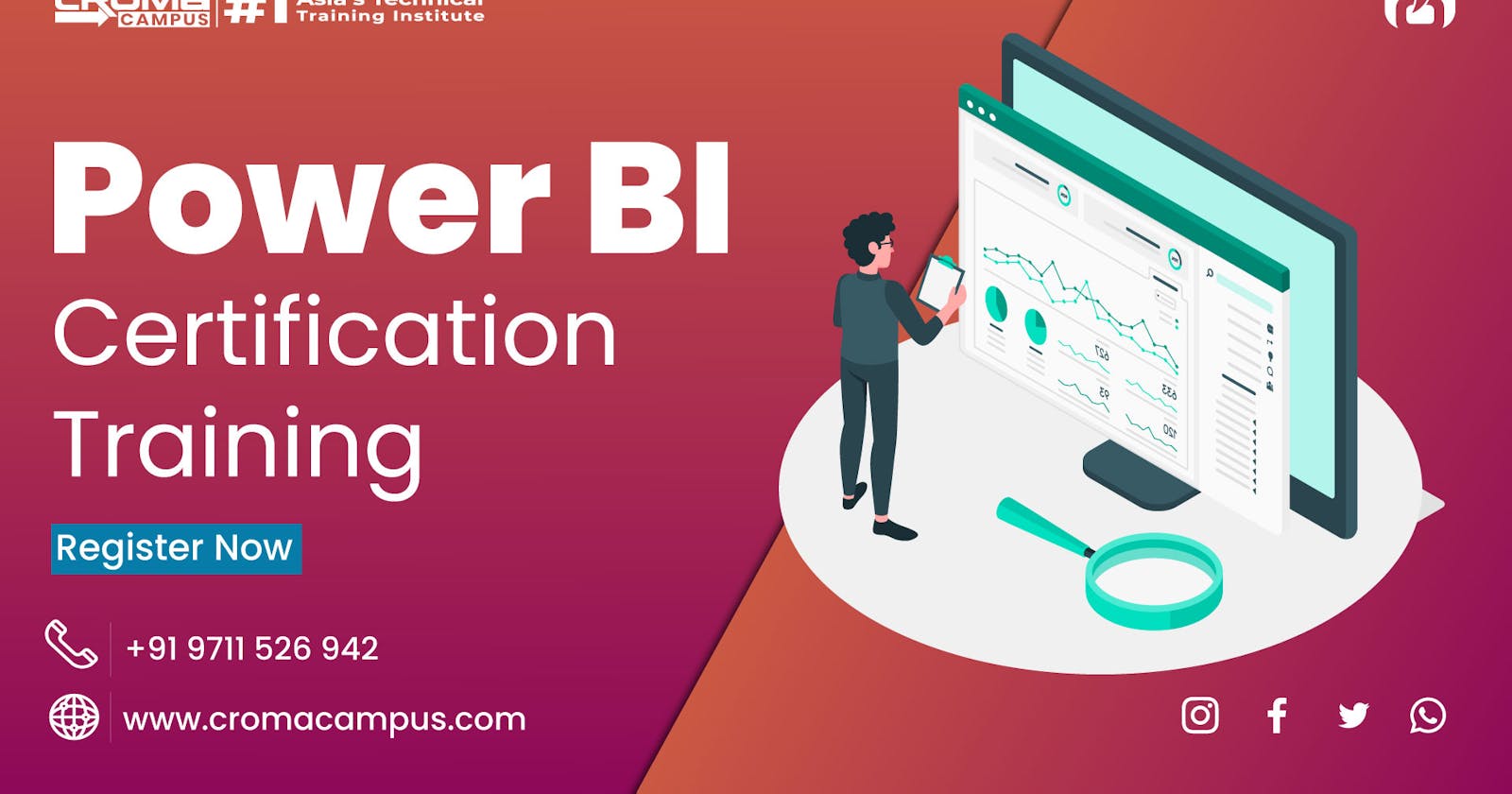Introduction
In the era of data-driven decision-making, organizations across the globe are using powerful tools to transform raw data into meaningful insights. Power BI, a business analytics service by Microsoft stands out as a leading player in this domain. Power BI is a pack of business analytics tools that enables users to visualize and share insights across an organization. Further, it allows users to connect to various data sources, transform raw data into meaningful information, and create interactive reports and dashboards. So, with a user-friendly interface, Power BI delivers to both technical and non-technical users. Thus, making data analysis accessible to a broader audience. One has to pursue the course to enter this domain. However, one has to bear the Power BI Certification Cost to take the course.
Components of Power BI
Power BI consists of three main components:
1. Power BI Desktop: A desktop application that serves as the development environment for creating reports and dashboards.
2. Power BI Service: A cloud-based service where reports and dashboards can be published, shared, and collaborated on.
3. Power BI Mobile: Mobile applications that allow users to access and interact with reports and dashboards on the go.
Key Features of Power BI:
Data Connectivity
Power BI supports a broad spectrum of data sources. It includes Excel spreadsheets, databases (both on-premises and cloud-based), and online services such as Azure, SharePoint, and more. Therefore, this flexibility ensures that users can connect to and analyze data from various platforms seamlessly.
Data Transformation and Modeling
Power BI provides powerful data transformation and modeling capabilities. Further, users can clean, shape, and enhance data using the Power Query Editor, a powerful tool within Power BI Desktop. So, the data modeling features allow users to create relationships between tables, define calculated columns and measures, and build a complete data model to support analysis.
Visualization
One of the strengths of Power BI lies in its extensive visualization options. So, users can create interactive and exciting reports using a diverse set of charts, graphs, and maps. So, the drag-and-drop interface makes it easy for users to customize and arrange visuals to convey insights effectively.
DAX (Data Analysis Expressions)
Data Analysis Expressions (DAX) is a procedure terminology operated in Power BI to build custom calculations and aggregations. Moreover, DAX allows users to define complex calculations. Such as year-over-year growth or running totals. Thus, enhancing the analytical capabilities of Power BI.
Benefits of Power BI
Accessibility
Power BI's user-friendly interface and intuitive design make it accessible to a broad audience, including business analysts, managers, and executives. Therefore, the ability to create visually appealing reports without extensive technical skills changes data analysis within organizations.
Real-time Dashboards
Power BI allows users to create real-time dashboards that provide up-to-the-minute insights. Therefore, by connecting to live data sources, organizations can monitor key metrics and make informed decisions in real-time. And promoting skill in response to changing business conditions.
Collaboration and Sharing
The Power BI Service facilitates collaboration by allowing users to share reports and dashboards with colleagues. Therefore, the seamless integration with Microsoft Teams enhances communication. Thus, enabling teams to discuss and collaborate around data insights directly within the Power BI environment.
Scalability
Whether you are a small business or a large enterprise, Power BI rises to fulfill your requirements. So, with the ability to handle large datasets and support a growing number of users, Power BI grows with your organization. As a result, it ensures that you can extract value from your data as your business evolves.
Conclusion
Power BI is a powerful tool that empowers organizations to use the full potential of their data. So, with its user-friendly interface, extensive visualization options, and powerful data connectivity, Power BI makes data analysis accessible and actionable for users at all levels. As organizations aim to evolve into more data-driven. Hence, mastering Power BI fundamentals is a key step toward unlocking valuable insights and driving informed decision-making. Hence, if you are looking for the course do check the Power BI Course Duration before enrolling for the same. Since duration matters very much in any course. So, whether you are a business analyst, data scientist, or executive, Power BI is a valuable asset in your journey toward a data-driven future.
